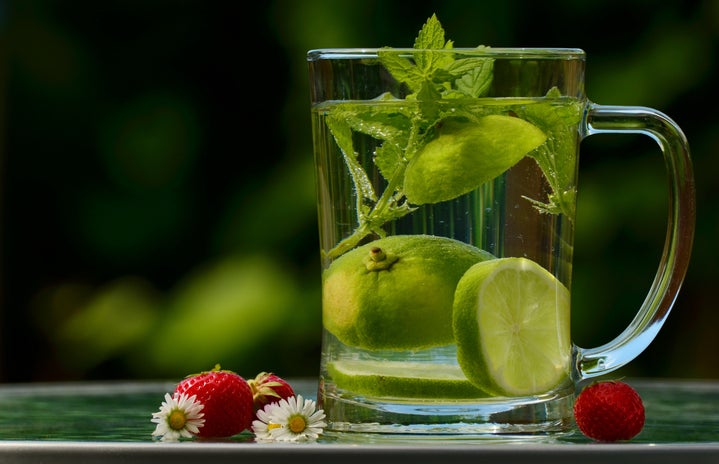Looking for real food? A public university is likely not the place that you’ll find it and Towson is no exception. A small but dedicated group of students began “The Real Food Challenge” here at Towson in the past year. They began by conducting research, using the Glen dining hall as a sample. Only 2% of food was “real” – which is the national average for public universities. They’re currently working with university officials to crunch numbers to determine what it will cost Towson to achieve 10% real food.
YIKES! But what is “real” food? Does that mean we’re eating “fake” food? Real food is judged on four categories that deal with the quality and justness of the food: 1) Is it local? 2) Is it fair? 3) Is it ecologically sound? 4) Is it humane? The products that did make the cut were apples, mushrooms and coffee. If it dissatisfies you to not to see “healthy” listed as a requirement, consider that a Snickers bar cannot be local or fair trade and the chicken products that Chartwell’s purchases for Towson are not humane. And surprise – neither are healthy. There’s a pretty notable correlation.
98% of our food does not meet these basic criteria. We should all be furious – if not for ourselves because we pay into this system through meal plans and dining points, for Maryland agriculture, for agriculture workers, and for the welfare of animals and the planet. Local food is not only better for the economy of Maryland, the place that we all live at least nine months of the year, but locally sourced food reduces carbon emissions by reducing the distance that food has to be shipped to reach Towson. Also, if our food isn’t fair or humane, we have to wonder, philosophically, what does it mean for our food to cost us the amount it does. What does it mean for us to be able to get a cheesesteak and fries for only $9? Where down the of production was something so valueless that Chartwell’s can sell this food for $9 and still make a whopping $18 billion profit from all their universities a year? Was the cow’s life cheap? Why is labor of the person who slaughtered it cheap? What about the workers and resources that it took to ship it from wherever to Paws? What about the wages of Chartwell’s employees?
The good news is there is something that we as students can do to aid The Real Food Challenge. Haley Molnar, from The Real Food Challenge, reminded me that we pay into this system. Every time I trek around looking for a vending machine with junk food instead of using one with healthy options, I am enabling the system to deny the practicality of shifting to better products. We can put on dollars, points and meal into products that have been identified as good. Students surveyed last year supported a 1-2% increase on meal plans (an increase of around $20) in order to get more real options. We should be making sure that the SGA knows this, and making sure the SGA is willing to fight for our rights to consume real food.
You can also join these efforts to analyze cost, demand and improvement of food quality. The Real Food Challenge needs sophomores and juniors interested in food politics and making a difference in order to continue their mission to make a change. To get involved with The Real Food Challenge, check out involved@TU.

